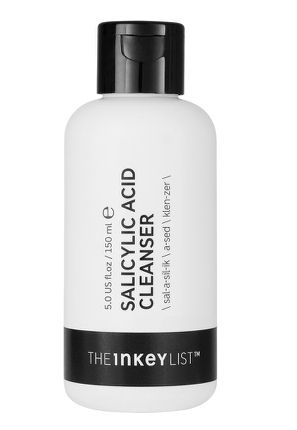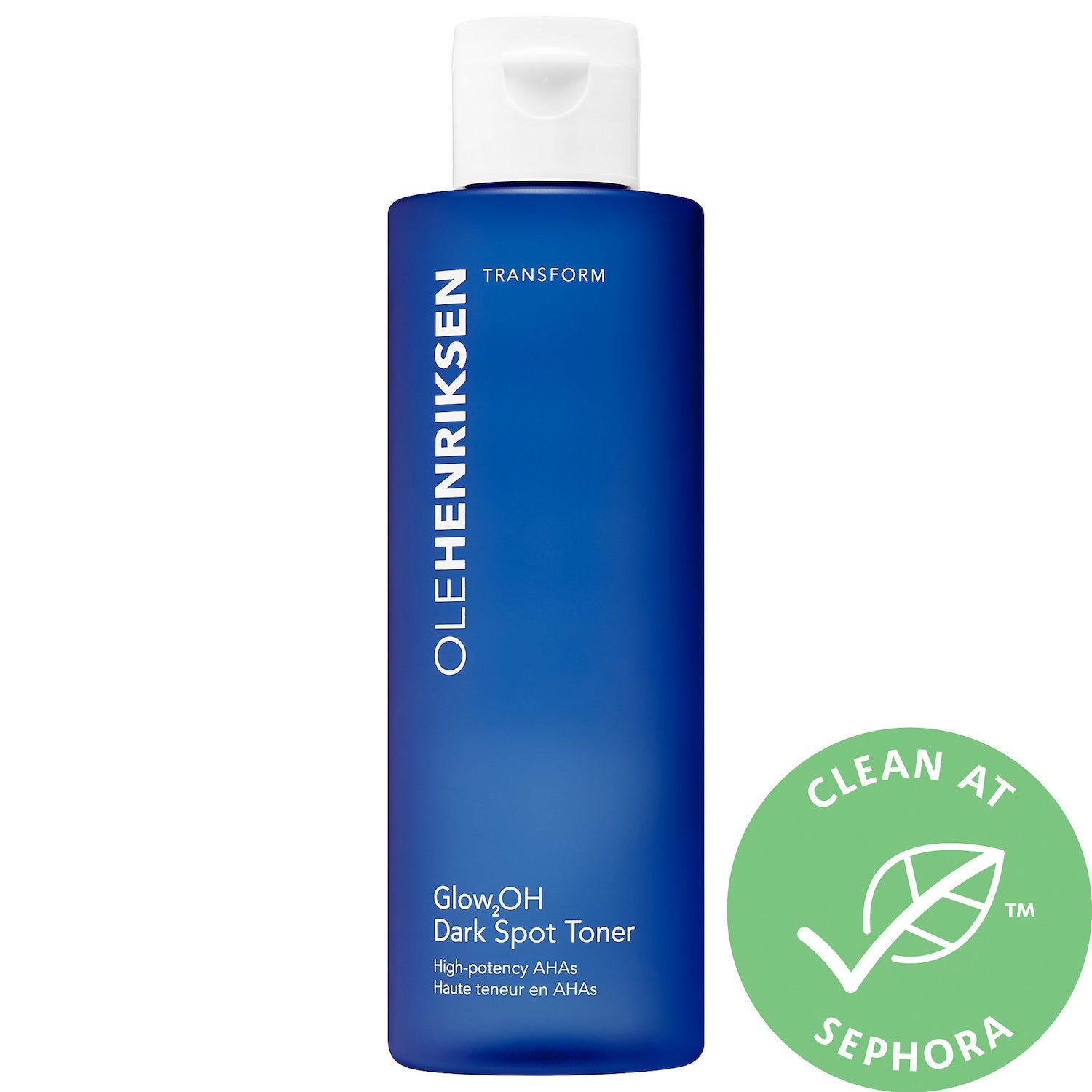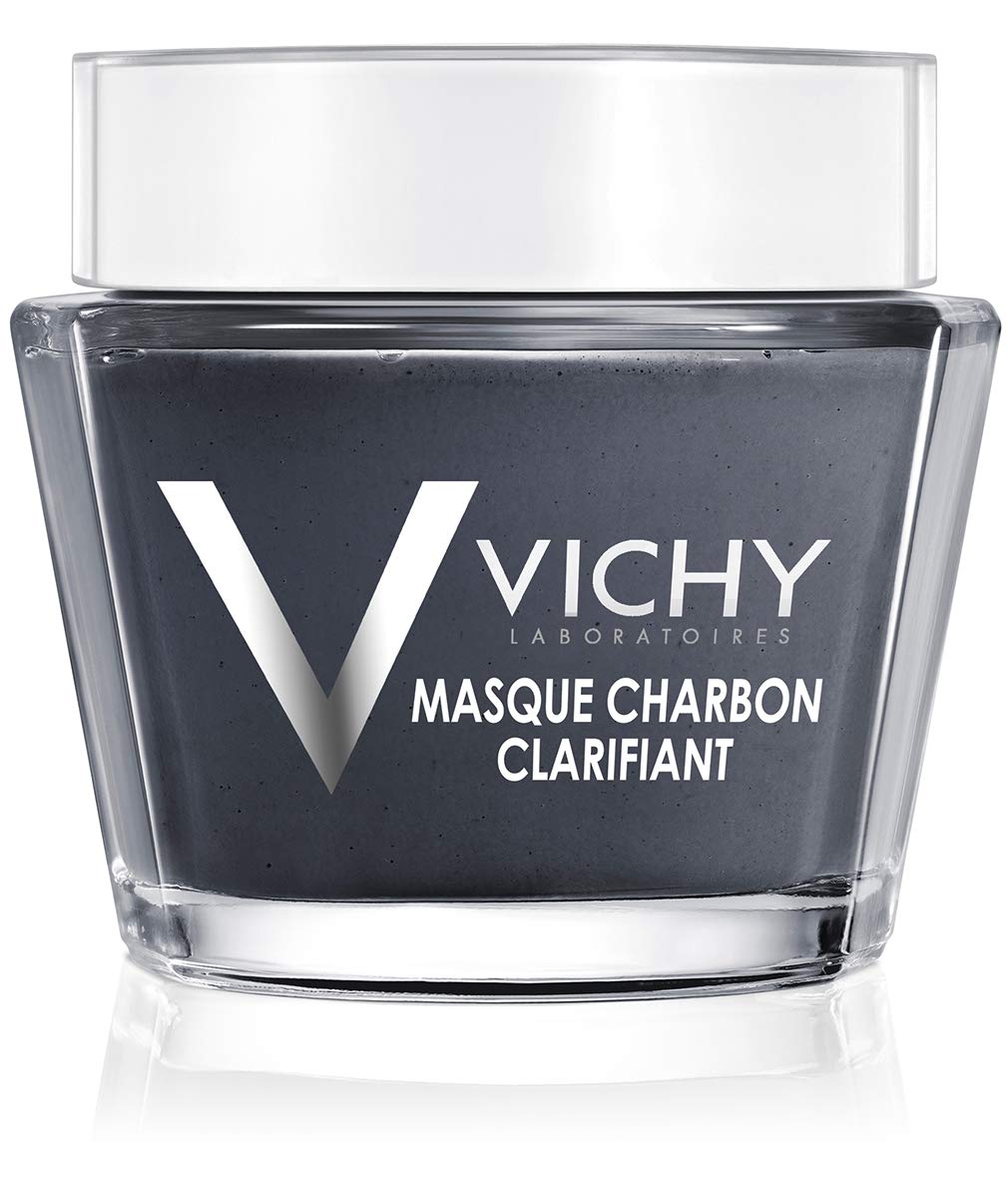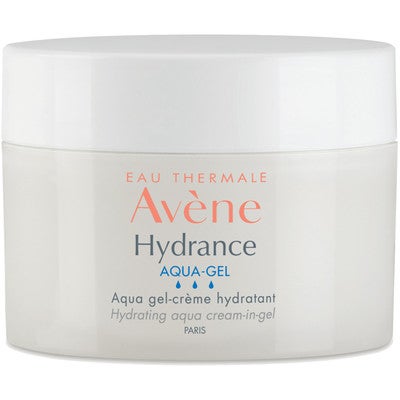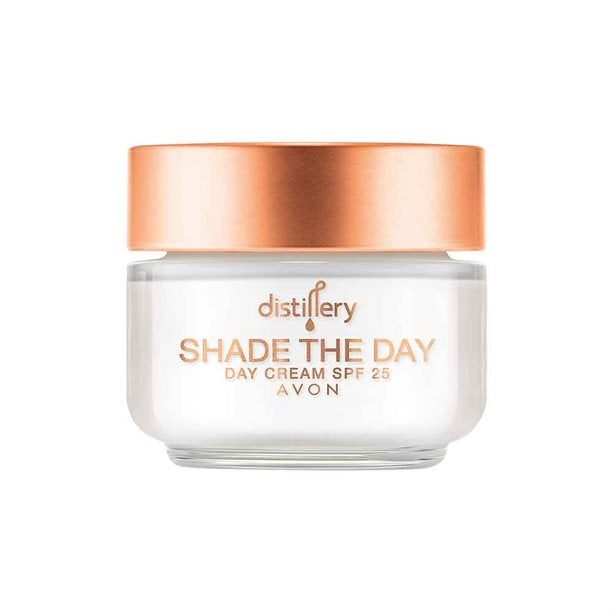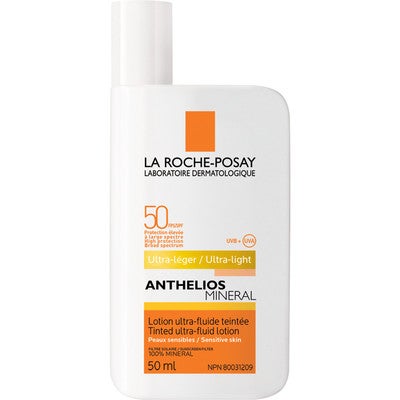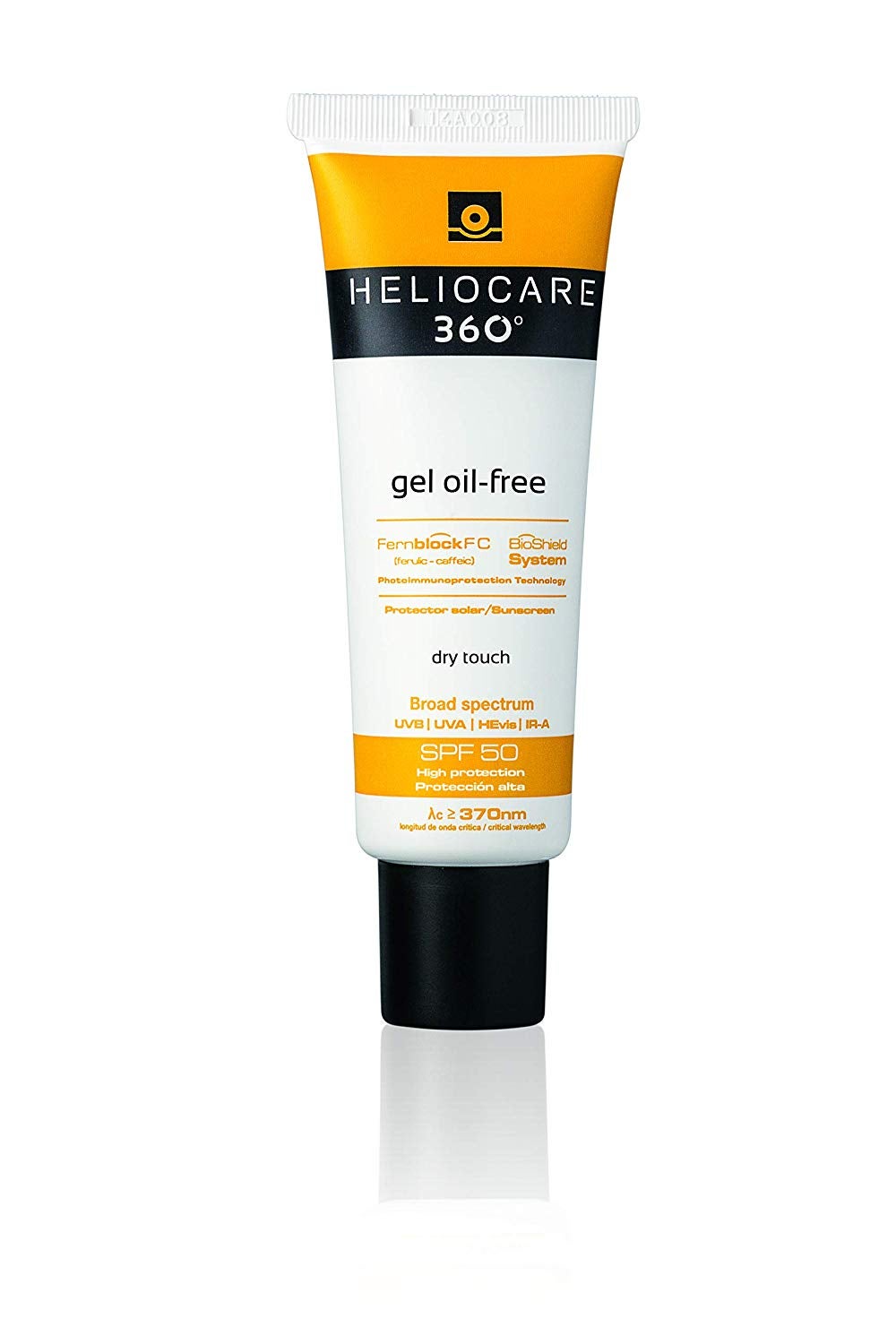The Dangerous Reasons Why You Should Never Attempt ‘Pore Extraction’ At Home
Whether you book in for a regular facial or follow one of the many skin experts on social media, it's likely that 'pore extraction' has made it on to your radar. Thanks to Dr Pimple Popper and YouTube, we're a little obsessed with what's hiding inside our pores, and with adult acne and blackheads common skin complaints for many women in the UK, it's no wonder we're exploring more experimental routes to clearer, smoother skin.
According to consultant dermatologist Dr Anjali Mahto, pore extraction involves steaming your skin to loosen oil in pores, then using an extractor tool or physically squeezing the clogged pore. It is usually performed by a qualified aesthetician and is often the next step if you have used skincare ingredients such as exfoliating acids and retinol, but haven't seen a difference.
AdvertisementADVERTISEMENT
It's fair to say that most of us are guilty of picking and squeezing spots but lately there has been a surge in popularity of DIY extraction instruments, with tutorials popping up on Instagram and YouTube showing individuals how to use them to 'extract' their blemishes at home. Readily available on Amazon and at popular high street stores and pharmacies, extractors range from metal tools with looped ends to tweezer-esque spokes with much sharper, curved points. As satisfying as they may be to prod at blemishes, the dangers may well outweigh the end goal of refined skin. In fact, Dr Mahto advises avoiding them at all costs.
"Pore extraction is one of those things that should not be done at home," she says. "This needs to be done by someone who is trained to properly extract them, otherwise you could push the inflammation deeper and cause or even worsen the spots." Scarring is also a big issue with at-home pore extraction, Dr Mahto adds. So why is it so popular? Tackling blackheads, for example, is an ongoing process, says Dr Mahto. "Some people want to be able to do that at home and, of course, the market takes advantage of that."
Dr MJ Rowland-Warmann, aesthetician and founder of Smileworks agrees. "DIY skincare is reaching new heights and many people would rather fancy themselves as Dr Pimple Popper than leave an unsightly zit unsqueezed. For lots of patients, tools like these legitimise squeezing spots by pretending to be an effective or proven method, but we have to see this as potentially damaging to the skin."
AdvertisementADVERTISEMENT
In clinic, Dr Rowland-Warmann has seen all manner of tools from hooks, loops and pokers to extract milia and blackheads, to electrical spot extractors designed to hoover 'impurities' out of the skin. "The way they are used is often crude, so they can cause mechanical trauma to the skin, creating cuts and other injuries and potentially resulting in scarring," she says. "As it is also difficult to properly clean these instruments, they can carry an infection risk which can have serious consequences on the health of the skin. I have seen skin infections from repeated self-extraction with a hooked tweezer."
Tools like these are also very easy and inexpensive to buy, but it seems individuals are also using makeshift instruments to pop whiteheads or to extract milia, with often horrifying results. "I've looked around at pore extraction tools but I often just use a safety pin," Ayse, 32, told R29. "I don't disinfect it. Who can be bothered? Afterwards, sometimes my skin looks fine and sometimes it looks pretty awful. Sometimes it bleeds and the skin is raised and puffy and really red. If the milia comes out easily, it doesn't look bad or bleed, but if it's deep down and I poke around for a while, it's another story. Once, I had a cluster of milia on my cheekbone and after attempting to get rid of them all, the right side of my face actually looked like something out of a horror film."
Megan*, 23, also experienced an adverse reaction to at-home pore extraction when she used a needle, then an extraction tool she had bought online. "I had a whitehead that just kept coming back, no matter how many times I squeezed, so I just stuck a pin in it to get it out. I think I went too far when I used a looped extraction tool on it though, and that area of my face started to swell and go purple. I'm now left with a red scar that is taking quite a while to fade. It's bothering me more than the spot itself."
AdvertisementADVERTISEMENT
Dr Mahto advises that procedures like this are almost always better done in a clinic. But before having any procedure done, especially an extraction, it is best to book a consultation with a qualified dermatologist (check their credentials on the General Medical Council Register beforehand), to see what will be best for you and your skin type. "You won't get this with the DIY products," adds Dr Mahto.
If spots and blackheads are your main issue, Dr Mahto mentions that there are many ways to treat them safely before thinking about a procedure. "A pore becomes clogged when oil, dry skin cells and everyday dirt and debris enter the opening. Clogged pores left untreated can lead to blackheads and acne. You can refine the appearance of pores through exfoliation, along with ingredients that slow sebum secretion and draw out impurities, such as glycolic acid, salicylic acid, charcoal and kaolin, a type of white clay. Products such as exfoliants, masks and serums which contain these ingredients are safer for home use. In my opinion, it’s best to try these options first before turning to a professional procedure. Also replacing any heavy creams for those with lightweight textures can help prevent clogging."
Milia are different. Often mistaken for whiteheads, they are actually small white bumps or cysts that appear on the surface of the skin when dead skin cells become trapped. "They are made up of keratin, a protein on the outer layer of the skin, and while they resemble whiteheads, they are not related to acne or infection and are simply a pocket of normal skin," says Dr Mahto.
AdvertisementADVERTISEMENT
"Milia found around the eye area can be caused by heavy creams, where the skin around the eye is much thinner than other areas of the face. They can also occur on the nose and other areas of the body and can be as the result of skin damage – predominantly sun damage – as well as rashes and excessive use of harsh products on the skin. Gentle exfoliation is one of the most effective ways to manage your skin and it helps reduce the likelihood of milia."
Apart from not attempting pore extraction at home, there's one rule, especially if you are using exfoliators such as acids or retinol: apply sunscreen every morning. Ingredients like these can make your skin incredibly sensitive to UV, even in the winter, so it really does pay to use it diligently.
*Name has been changed
AdvertisementADVERTISEMENT








